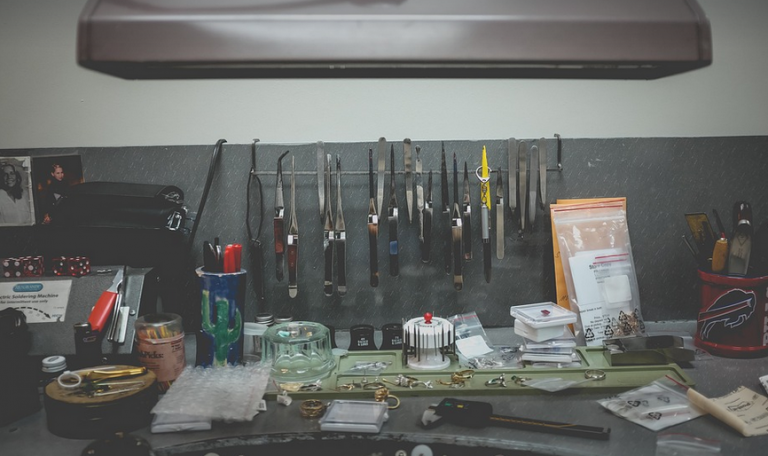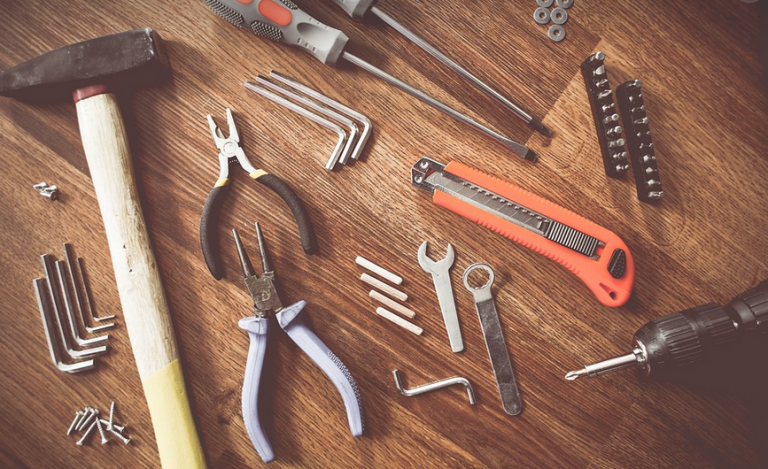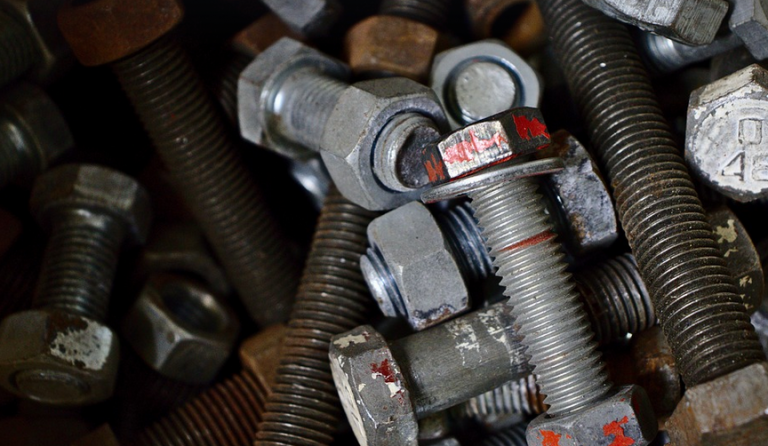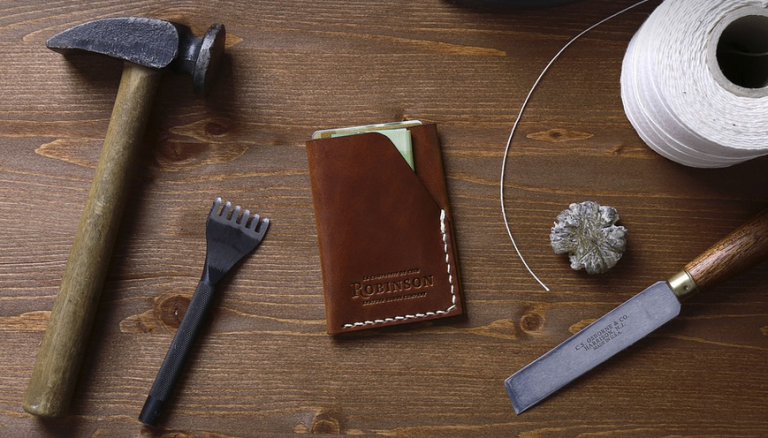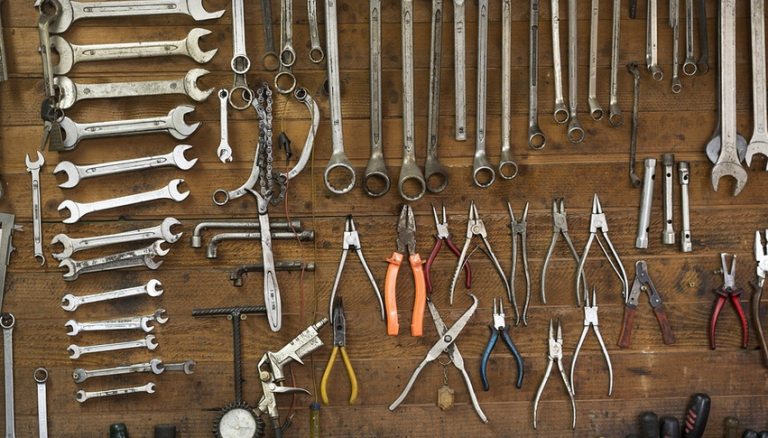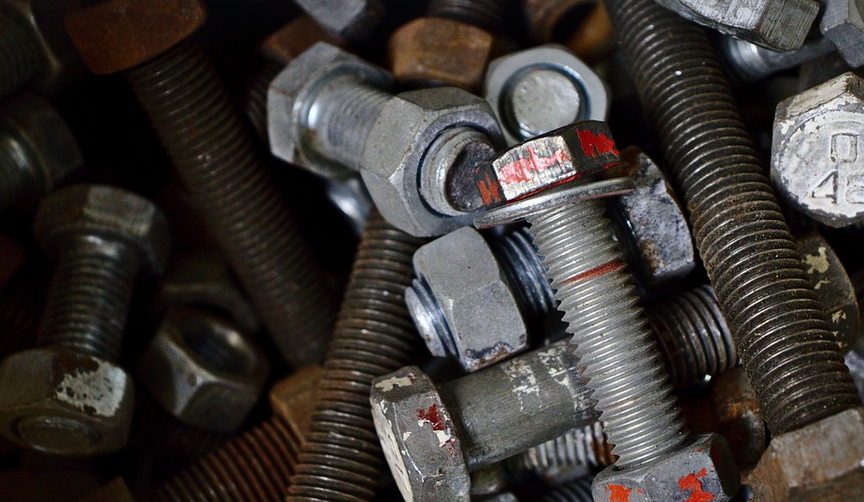
Busting the Salad Fork Myth
We all know that fork-eating etiquette can be a bit confusing at times, especially when it comes to the salad fork. Is it for salads only? Is there some unspoken rule about how to use it? Well, let’s dive into this culinary conundrum and uncover the truth behind this tiny yet mighty utensil.
The salad fork might be the epitome of “it looks fancy but does what?” It’s a fork with a distinct, smaller shape compared to other forks. This is because it’s designed for specific purposes: picking up delicate foods like salads, vegetables, and fruits, without tearing or crushing them.
The salad fork’s most notable feature is its slender design and smaller tines (the little prongs). These tines are carefully crafted to gently lift these types of food. Think about a delicate leafy green salad, where you don’t want to crush the lettuce or tear it apart with your teeth; the salad fork makes light work of this task.
However, using the salad fork for everything isn’t exactly accurate. While used primarily for salads and vegetables, there are situations where other forks come into play. For instance, if you’re enjoying a Thanksgiving turkey dinner with mashed potatoes and cranberry sauce, you might use the regular fork.
The traditional salad fork is often associated with formal dining and a sense of formality. This association stems from centuries-old customs where forks were used as a symbol of class and sophistication. However these days, we’ve moved to more casual settings, so it’s not always necessary to follow this strict etiquette.
So, you might wonder: why the fuss over salad forks? Well, there’s a lot more than meets the eye. The salad fork is an essential part of our culinary experience because it allows us to enjoy food in a way that’s both practical and aesthetically pleasing.
Think about it this way: you wouldn’t want to use your regular dinner fork to delicately pick up a salad. It would be too rough, too aggressive, and maybe even damage the delicate leaves. But the salad fork is designed for such precise movements, allowing us to enjoy our salads with elegance and finesse.
The Salad Fork’s Place in Our Modern World
The salad fork has transcended its traditional role as a symbol of formality. It’s now embraced by many for its practicality and elegance, even though it’s used less frequently than other forks at the dinner table.
Here’s how to use your salad fork in 2024: Keep some classic fork etiquette in mind.
* **For salads and vegetables:** The salad fork is designed for these. Use it to pick up the delicate leaves, fruits, and veggies. * **For larger pieces of food:** You might use a regular fork for large steaks or chicken pieces.
The salad fork’s history goes back centuries, and its elegance has never gone out of style.
Why is the Salad Fork So Important?
The salad fork’s importance lies in its ability to elevate our dining experience. It adds a touch of sophistication and grace to our meals. From salads and vegetables to fruits, it helps us consume these foods with care and precision. And let’s not forget about the visual appeal; the small tines of the salad fork give a unique look that can enhance any meal.
In conclusion, while the salad fork might seem like a relic from a bygone era, it plays an essential role in our modern lives. Its versatility and elegant design make it a valuable tool for everyone who appreciates good food and proper manners.
